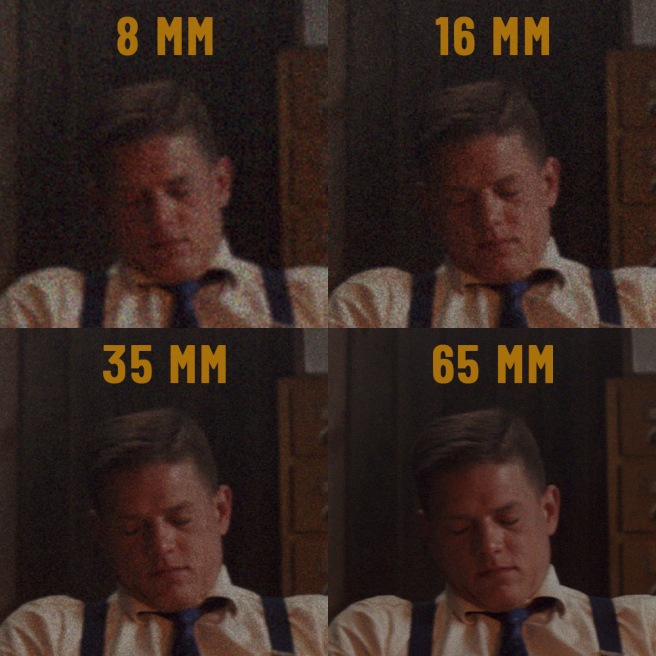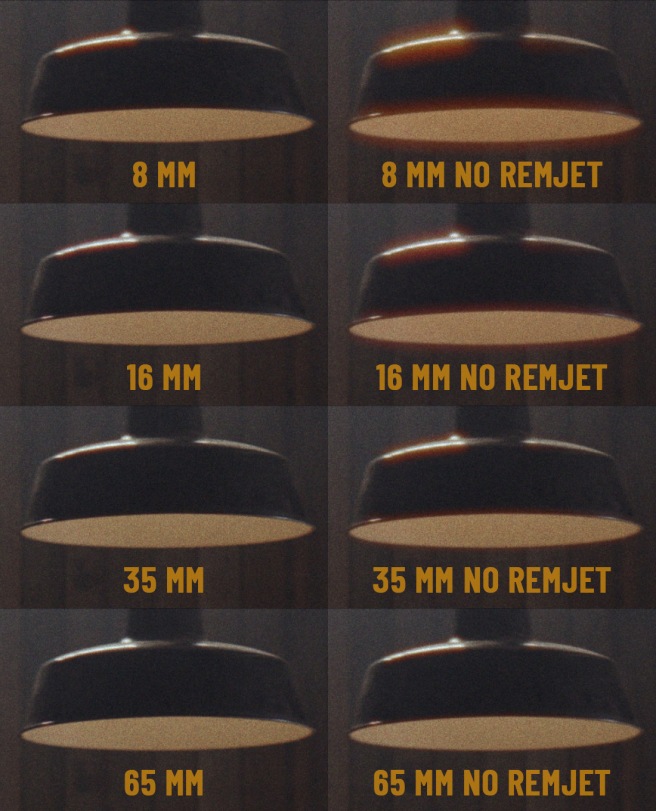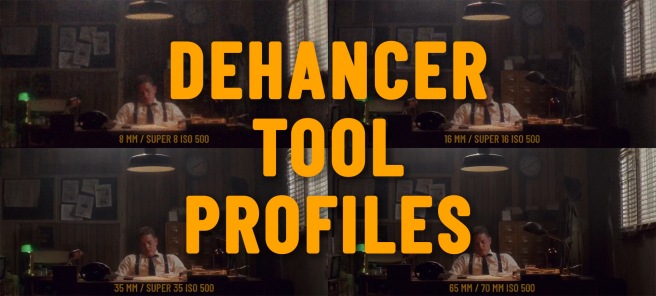
Starting with version 7, Dehancer for DaVinci Resolve offers Tool Profiles – the sets of pre-configured parameters to simulate different film formats. This feature will eventually appear in all Dehancer products, including the iOS app.
It’s much easier, faster and more accurate to configure Dehancer based on predefined effect profiles that are specific to different film formats. However, it is important to understand that our profiles are not an absolute reference, because in real life the same films may look different depending on the emulsion type, film generation, optics used, method of shooting, developing, printing, countertyping, scanning, positive display conditions, and other factors.
The Tool Profiles recreate the typical look of 8mm, 16mm, 35mm and 65mm films. That said, we relied on the previous emulsion generation, which was used to shoot most of the “classic” movies. Modern films are better in technical aspect, but the characteristic effects are less pronounced. Therefore our profiles may be considered slightly exaggerated, but you can always adjust them to your liking by selecting any of the profiles and switching to Custom mode.
Film Grain
We’ve created grain profiles for 8, 16, 35 and 65mm, each in three versions: ISO 50, 250 and 500. There is no need for separate profiles for intermediate ISO values (e.g. ISO 200) as the difference in grain character between them is negligible.

In order to change the parameters of any profile, you must first select the most suitable one and then switch to Custom mode. All the usual effect settings will be available to you, and the parameter values will match the last selected profile.

This is what a fragment of the same frame with a simulated ISO 500 film looks like in different negative formats:
Halation
Each Halation simulation profile has two versions – a standard emulsion and a film of the same format, but with the anti-halation layer removed (No Remjet).

In real life, films without remjet only exist in 35mm format and Type 120 – these are CineStill’s 35mm and medium format films, which are Kodak Vision 3 rolls film from which the remjet layer has been removed to enable the development using the standard C-41 negative process.
On films without remjet, Halation is usually excessively pronounced (which is why the anti-halation layer exists). Even on medium format films, you can find some truly large halos. This effect is often used by colourists for creative purposes, so we decided to add them to the profile set.
Although halos also depend indirectly on ISO, we did not complicate the interface with additional profiles of different ISOs, as the difference between them would be insignificant.
Thus, the 8 basic profiles with average values for the main formats solve most creative tasks and provide a convenient basis for creative adjustments.
This is what a fragment of the same shot looks like with Halation simulation for films in different conventional formats:
Bloom
To simulate the Bloom diffuse glow effect, we have created four versatile profiles for 8, 16, 35 and 65mm film formats.
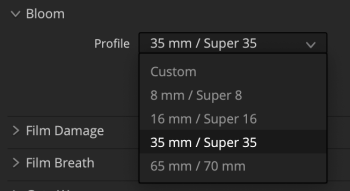
Since the Bloom effect is originated in the optical system and then amplified in the emulsion layer, its standardisation across film formats is even more conditional than in the case of Grain and Halation.
We have selected the average settings, which reflect the general image character.
This is what the Bloom effect looks like for the basic film formats:
Remember that Halation and Bloom effects rarely appear separately from each other, so they are usually combined.
Film Damage
Film Damage is a new Dehancer tool that has been introduced in the seventh version of the DaVinci Resolve plugin. It is designed to simulate artefacts that occur on film during shooting, developing, scanning, duplicating, countertyping, film projector playback, etc.
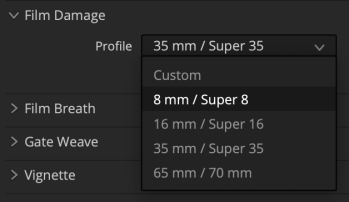
There is a separate article dedicated to the Film Damage tool. We have created profiles for the four major film standards.
There are currently three types of defects – Dust, Hair and Scratches. The smaller the film format, the greater the scale of the artifacts relative to the frame size and the more frequently they appear.
The Film Damage tool, as well as the other two remaining tools, can only be demonstrated in motion. We have prepared a short video, which you will find below.
Film Breath
The most characteristic “emulsion breath” is represented by the profiles for the four major film formats. The smaller the format, the more obvious the changes from frame to frame.

Gate Weave
The mechanical movement of the film as it is pulled through the frame window of a film camera, projector or video encoder (film scanner) is more evident for small film formats and less evident for large ones. The “jitter” character is represented by the profiles of the four main formats.
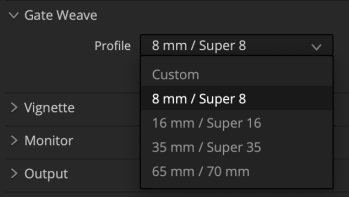
In this video, all of the described tools are enabled with profiles for the four major film formats. For illustrative purposes, the profile demo is provided for ISO 500 and ISO 50.
Authors:
© Pavel Kosenko
© Dmitry Novak
© Denis Svinarchuk

